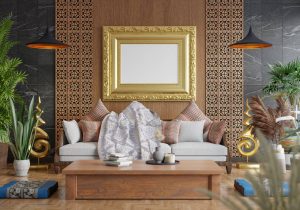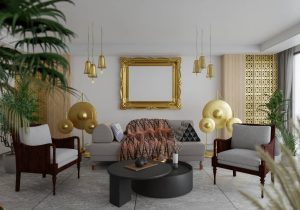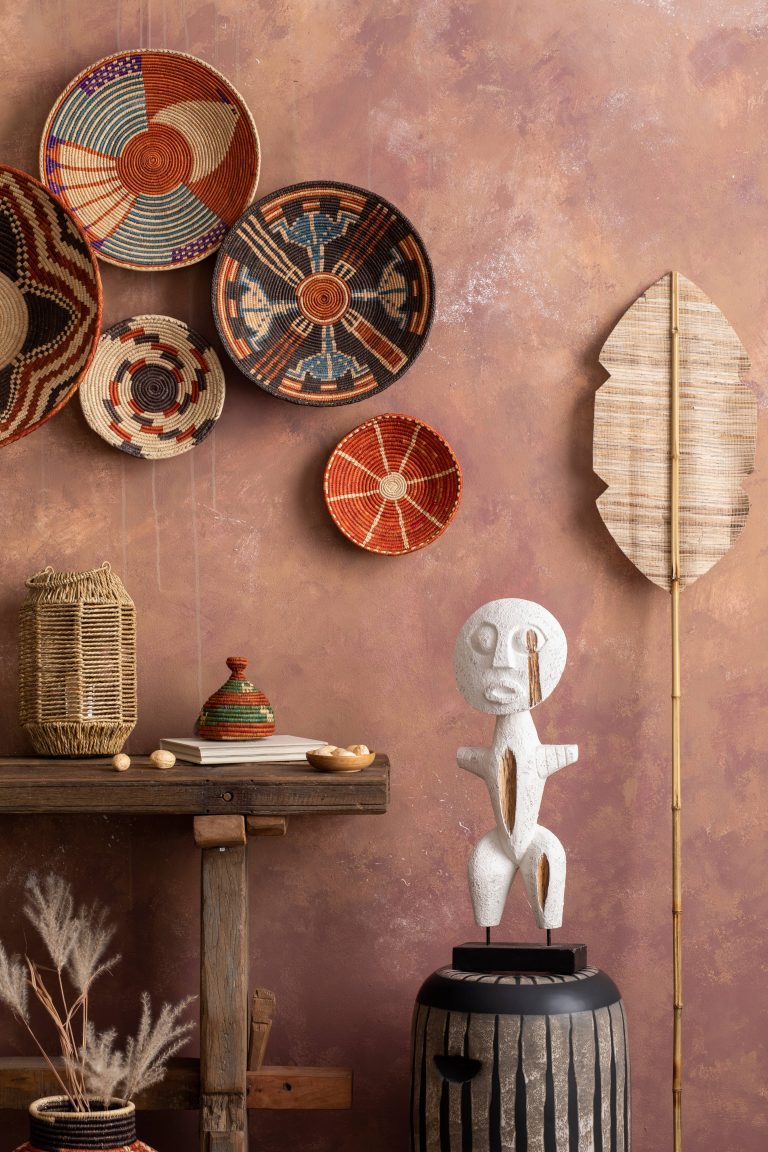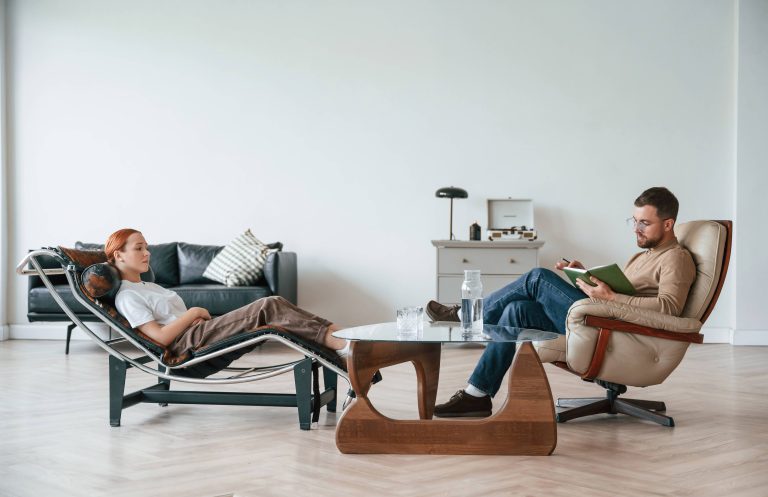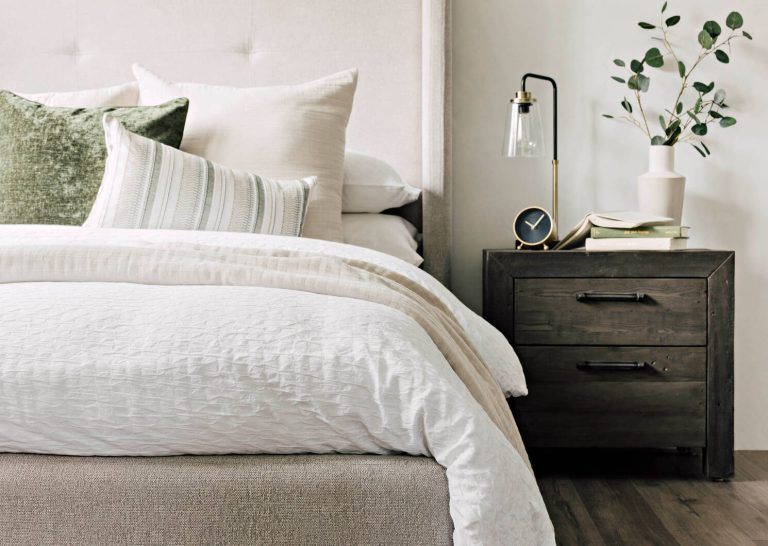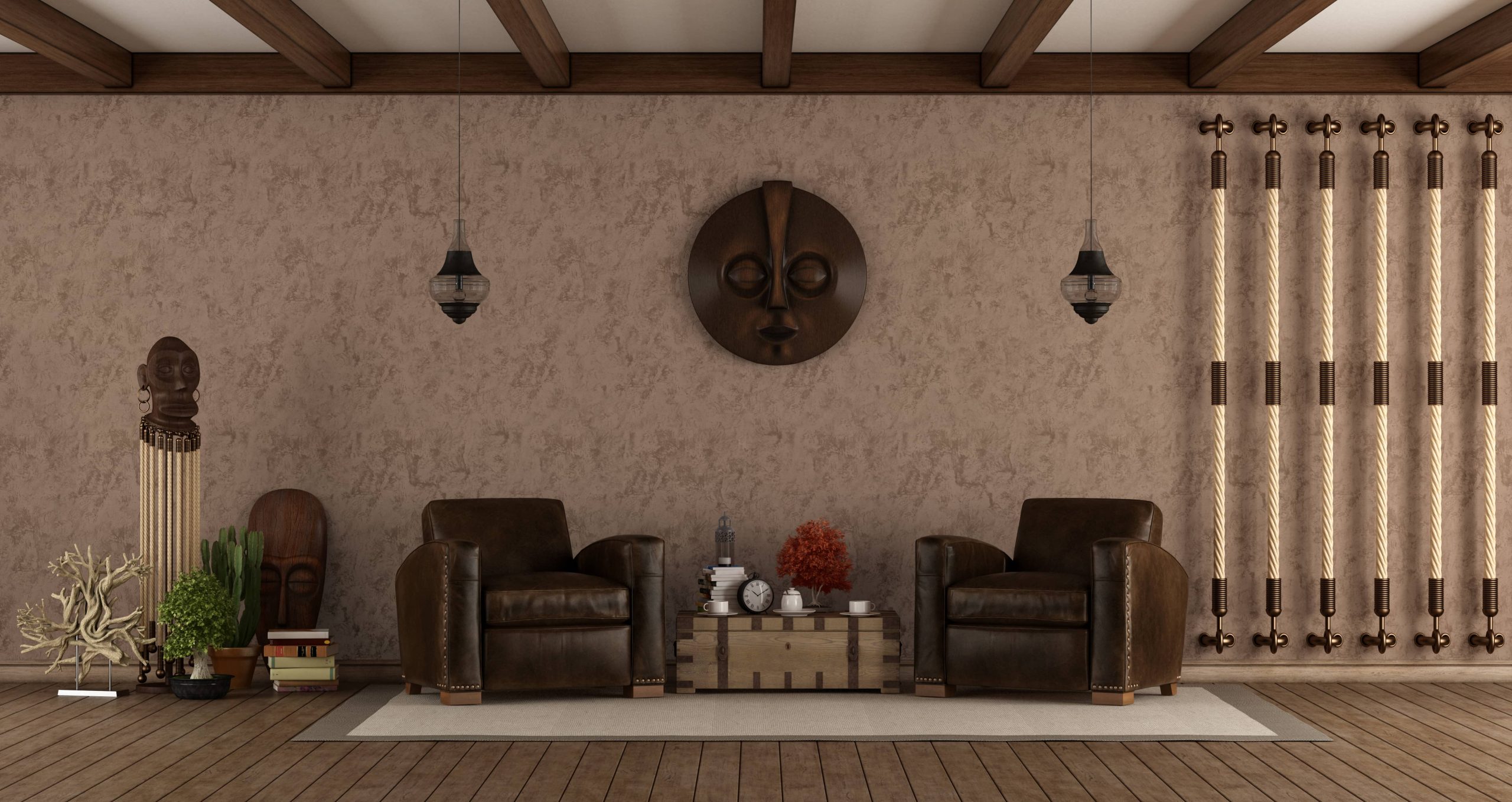
Creating an interior that feels inviting, comfortable, and spacious often hinges on one key element: the arrangement of your furniture. While selecting stylish pieces is important, how you arrange them can dramatically impact the flow of your home. Achieving optimal flow not only improves functionality but also enhances the overall aesthetic of your living space. Here’s a comprehensive guide to arranging furniture in a way that nurtures a sense of harmony and ease in your home.
Start with a Plan
Effective furniture arrangement begins with a thoughtful plan. Consider the purpose of the room and how you wish to utilize the space. Is it a living room where you plan to entertain guests, or a bedroom dedicated to relaxation? Understanding the primary function of the space will help inform your decisions.
Create a scaled floor plan to experiment with different layouts without the heavy lifting. Use graph paper or digital tools to sketch your room and furniture, focusing on maximizing space and ensuring that movement isn’t obstructed. This visual exercise will allow you to see potential arrangements and select the one that offers the best flow.
Consider Traffic Patterns
In any room, clear pathways are essential for ease of movement. Arrange your furniture in a way that provides enough clearance for people to walk through comfortably. A common guideline is to leave at least 24-36 inches of walkways between pieces.
Identify key entry and exit points and ensure these paths are unobstructed. Furniture should be placed in a way that guides traffic around seating areas, not through them. For example, in a living room, position seating options to form an inviting circle that encourages conversation while allowing ample space for people to move around.
Create Focal Points
Every room benefits from having a focal point – a feature that immediately draws attention and anchors the space. Your furniture arrangement can either highlight a natural focal point, like a fireplace or a large window, or create one using art, a statement piece of furniture, or a stunning light fixture.
Once you determine your focal point, arrange furniture to complement and draw the eye toward it. In a living room, you might place a sofa facing a fireplace or a pair of armchairs angled towards a window with a picturesque view. This setup creates a sense of order and direction, enhancing the room’s flow.
Balance and Proportion
Balance and proportion are vital to achieving a harmonious space. While arranging your furniture, consider the visual weight of each piece. Mixing and matching furniture of varying sizes and heights can create an unbalanced look, making it crucial to distribute visual weight evenly across the room.
One way to achieve balance is by pairing larger pieces, like sofas or beds, with smaller ones, such as side tables or decorative chairs. Aim for symmetry where possible, but don’t shy away from asymmetrical arrangements if they better suit your space; just ensure the visual weight is balanced.
Additionally, consider scale by choosing furniture that fits the size of the room. Oversized pieces in a small space can feel cramped, while tiny furniture in a large room may look out of place. Strive for a cohesive look that feels proportional to the room’s dimensions.
Zones and Functionality
If your space is multifunctional, delineating zones can help in organizing the room effectively. In a studio apartment or an open-plan living area, furniture can act as dividers to create distinct areas for dining, lounging, or working.
Use rugs, bookshelves, or a strategically placed console table to define these zones. Ensure each area serves its intended purpose without disrupting the overall flow of the room. For example, a sofa can anchor a living space, while a dining table adjacent to the kitchen maximizes functionality.
Utilize Vertical Space
While arranging furniture, remember to consider vertical space. Floor-to-ceiling storage solutions, tall bookshelves, or vertical art displays can create visual interest and draw the eye upwards, enhancing the perception of space and encouraging flow.
In smaller rooms, utilizing vertical space is even more critical. Opt for furniture that maximizes storage, like a bed with built-in drawers or a wall-mounted desk. This approach keeps floors clear and the room feeling open and airy.
Personal Touch
Ultimately, arranging furniture is about creating a space that reflects your personal style and meets your needs. Don’t forget to imbue your personality through decorative elements, textiles, and colors that make the room feel uniquely yours.
Layer textures with throws and cushions to add warmth and comfort. Incorporate green, nature-inspired decor, like plants or floral arrangements, to breathe life into your space. Personal mementos, photos, or favorite books can add a layer of personalization that enhances the ambiance.
Experiment and Iterate
Achieving optimal flow is often a process of trial and error. Don’t be afraid to experiment, rearrange, and iterate until you find a setup that feels right. Sometimes a small change, like shifting a chair, can significantly improve flow and make a room more inviting.
Invite friends and family to experience the space and provide feedback; an outsider’s perspective can offer valuable insights. Listen to your instincts and prioritize comfort and convenience, but remain open to fresh ideas and adaptations.
In conclusion, arranging furniture to enhance optimal flow is an art that combines functionality with aesthetics. A well-thought-out layout allows you to fully enjoy your space, reflecting not only efficient design principles but also your unique personality. Whether you’re redecorating a single room or your entire home, these tips will help you create an environment where optimal flow adds to the warmth and intimacy of your most cherished spaces. Embrace the journey of arrangement, and watch your home transform into a sanctuary of style and comfort.



